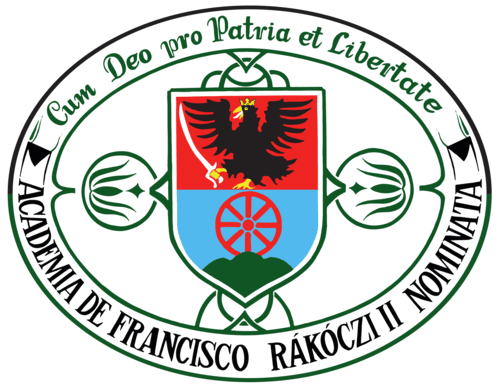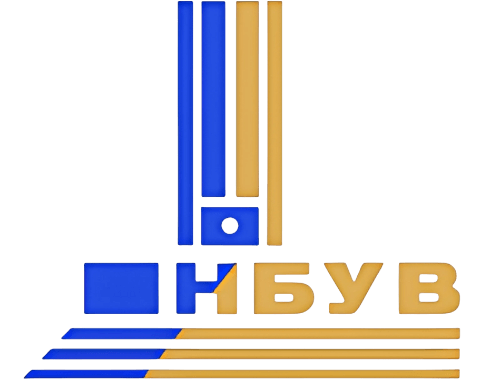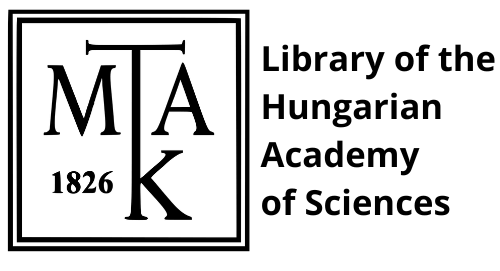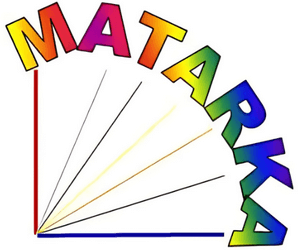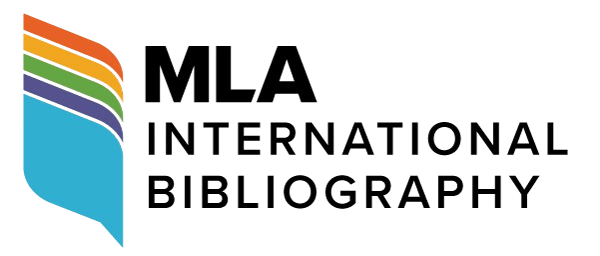Official language use in Berehove in 1919-1920
DOI:
https://doi.org/10.58423/2786-6726/2024-1-9-26Keywords:
Transcarpathia, Subcarpathian Rus, multilingualism, official language useAbstract
The political map of East-Central Europe changed after the First World War. But this transformation also affected many different aspects of everyday life. In particular, the years of transition from the collapsing empires to the new republics offer rich research opportunities. In this paper, we have tried to explore one aspect of this transition at the interface of history and sociolinguistics. In a peripheral small town in the Czechoslovak Republic, we have used archival sources to investigate the characteristics of the official language use at the beginning of the consolidation of the new state power. Our study also seeks to find answers to the question of what influenced the different language-speaking actors at different levels of the administration, and what bargains were struck in everyday life that might have determined other aspects of the transition.
References
Benda István – Orosz László szerk. 1990: A Beregszászi Magyar Gimnázium története 1864 - 1989. Budapest: Magyarságkutató Intézet
Csernicskó István 2013: Államok, nyelvek, államnyelvek. Nyelvpolitika a mai Kárpátalja területén (1867-2010). Budapest: Gondolat Kiadó
Csernicskó István 2015: Nyelvek vetélkedése a nyelvi tájképben. Alkalmazott nyelvtudomány. 2015. XV.
SATR (Державний архів Закарпатської області), Fond 108. Берегівське міське нотарське управління, м. Берегове, 1919 – 1939
Fedinec Csilla 2001: Iratok a kárpátaljai magyarság történetéhez 1918-1944. Dunaszerdahely: Fórum Intézet – Lilium Aurum
Fedinec Csilla 2002: A kárpátaljai magyarság történeti kronológiája 1918 – 1944. Galánta – Dunaszerdahely: Fórum Intézet – Lilium Aurum
Fedinec Csilla 2003: Állami és nemzeti kötődések a kárpátaljai regionális politikában. In: Bárdi Nándor – Fedinec Csilla szerk: Etnopolitika. A közösségi, magán- és nemzetközi érdekek viszonyrendszere Közép-Európában. Budapest: Teleki László Alapítvány
Fedinec Csilla 2007: Magyar pártok Kárpátalján a két világháború között. Fórum Társadalomtudományi Szemle, 2007/1. 104.
Németh Péterné 1982: Adatok az 1918—1919- évi forradalmak beregi történetéhez. Szabolcs-Szatmár megyei helytörténetírás, 3–4. Nyíregyháza
Romsics Ignác 2004: Magyarország története a XX. században. Budapest: Osiris Kiadó
Simon Attila 2008: A Csehszlovákiához került felvidéki magyarok (1918–1921). Impériumváltás és nemzetállamok 1918–1921. In: Fedinec Csilla – Bárdi Nándor – Szarka László szerk. Kisebbségi magyar közösségek a 20. században. Budapest: Gondolat, MTA Kisebbségkutató Intézet
Tamás Mihály 1983: Két part közt fut a víz. Bratislava: Madách
URL 1 - Data from Hungarian censuses between 1784 and 1990. 1910. In: Census Digital Database - Library of the Central Statistical Office. http://library.hungaricana.hu/hu/collection/ksh_neda_nepszamlalasok_1910
URL 2 - Nemzetgyűlési napló, 1922. I. kötet http://library.hungaricana.hu/- hu/view/OGYK_KN-1922_01/?pg=33&layout=s
URL 3 - Miroslav Michela: Csehszlovákia létrejötte és a szlovák kérdés 1918-1920. http://www.modern-tortenelem.hu/clanek/csehszlovakia-letrejotte-es-a-szlovak- kerdes-1918-1920/
Zubánics László 2011: Tájba írt történelem. Kultúrtörténeti időutazás Kárpátalja legmagyarabb városában és vonzáskörzetében. Uzhhorod – Budapest: Intermix Kiadó
Downloads
Published
How to Cite
Issue
Section
License
Authors retain copyright and grant the journal the right of first publication. The work is simultaneously licensed under a Creative Commons Attribution 4.0 International License (CC BY 4.0), which permits others to share the work with appropriate credit given to the author(s) and the initial publication in this journal.



